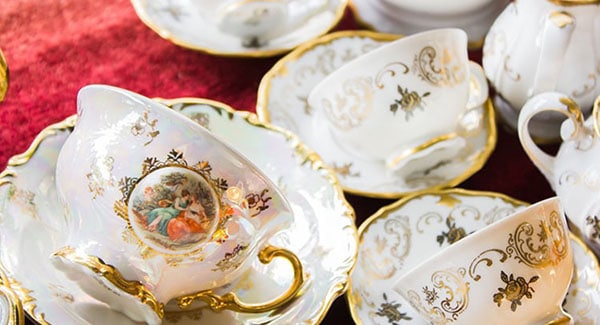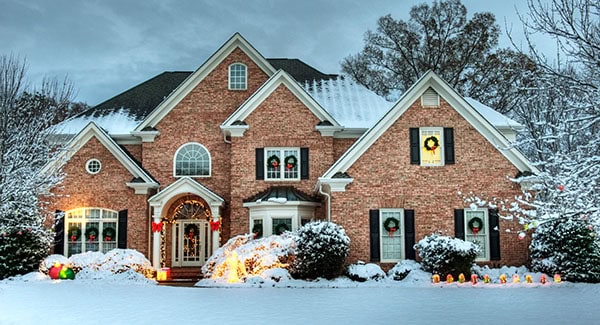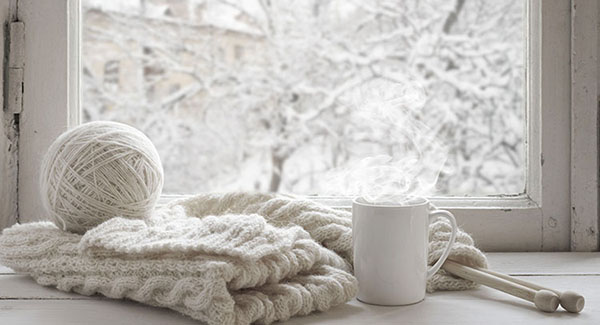
Last Updated on June 8, 2023
According to the U.S. Census, more than 20% of America’s population will be 65 or older by 2030. (That’s coming up fast!) And with an older population comes different needs for aging residents. For the first time in modern history, multiple generations are downsizing for retirement simultaneously, according to the National Association of Senior Move Managers (NASMM).
Retirees are pairing down and cleaning out, and they’re moving to smaller homes with smaller footprints in order to age in place. These shifts are causing widespread tensions between generations.
Parents want to pass on their family heirlooms to the next generation: China. Silver. Crystal. Dining room sets. Armoires. Once marks of a healthy middle class, these possessions—even when of good, sustainable quality—don’t appeal to young adults in the same way. Many don’t want “that junk” cluttering up their homes.
If you’re downsizing for retirement and are caught in this dilemma, we can offer some insight. Here are three reasons why your kids don’t want your “junk”, and what you can do with it instead.
1. Value is greater than quality
First of all, your adult children recognize that much of what you have been saving has intrinsic value. It’s not all junk. When treated well, quality china remains quality. However, these days, an item’s value is based on more than its quality. That’s why cheap cardboard baseball cards can be worth more over time, why solid rotary phones are worth less, and why it’s difficult to find someone to take your non-dishwasher safe, 52-piece dinner service for 12.
Millennials have become a generation defined by its mobility. And it’s likely that younger generations will follow suit. Young adults today value items that are useful on a daily basis. They want multipurpose furniture that is easy to move as they switch apartments or move across the country for a job opportunity. Kitchenware has to fit into smaller spaces and be useful to different crowds in varying functions. And collectibles should no longer reflect the cluttered chintz of the 1990s, but be chosen purposefully to fit a space.
2. Space is at a premium
That brings us to our next point. Many of the changes to young adults’ spaces has to do with the space itself. There simply is less space to go around. Homes are getting smaller. And there is no space to store large items that are used once a year, at most.
As a generation, Millennials are waiting longer to marry—if they do so at all. And while first-time home buyers continue to make up a significant portion of the national home buying pool, it’s becoming increasingly difficult to afford a mortgage on a single income. A significant portion of young adults are renting spaces where they live alone or with roommates. It becomes difficult to adopt the furniture of your grandparents’ four-bedroom, three-story home when you rent a basement studio.
3. “Adulthood” has changed
Since adults are marrying later, the trajectory of adulthood has shifted. Marrying couples are no longer going straight from their parent’s three-bedroom home into one of their own. Adults today are acquiring their own belongings long before they pair up, eliminating the need for “wedding china” and other items once touchstones to a successful adulthood. By the time Boomers and their parents are ready to downsize, their children have no need for a share in their possessions.
Instead, young adults prefer to collect memories and experiences, choosing to spend their money on travel and entertainment. Young couples are just as likely to register for a honeymoon excursion than for what would be their third set of dinnerware. The markers of success look more like an Instagram reel and less like a classic Better Homes & Gardens spread.
So, what do you do with your “junk”?
Before you reach retirement age, it pays to start thinking about what happens to your belongings when you’re ready to downsize. The more time you give yourself to find homes for key pieces, the more likely they are to be well received by your adult children—or the more likely you are to find a good buyer! Here are a few ideas:
Let Your Kids Call Dibs – Discuss with family members what items you’d like them to have. Then, allow them the time to take the items at their own convenience—when they are in need of an overstuffed armchair or the perfect painting for the living room.
Find a Buyer in Town – For items that aren’t wanted, consider taking them to consignment shops or antiques dealers. (You can make a little cash for a great retirement trip while cleaning out the attic!) You can also donate unwanted items to charity.
Sell Your “Junk” Online – Selling items through a digital marketplace, like eBay or Facebook Marketplace, could also be rewarding. It can feel great to find an eager new owner for your precious end table, even if it’s not your own family member.
In the end, you know that most of your “junk” is real treasure. After all, you’ve been holding onto these items for so long for a reason. By planning your downsize well in advance, you can be sure that your belongings will find the best new homes possible.
Reach out for Help Downsizing in Retirement!
If you need any help or advice as you begin “rightsizing” for retirement, your Allen Tate/Beverly-Hanks agent can help!
Contact your agent today for guidance and support during your downsizing and relocation process.



